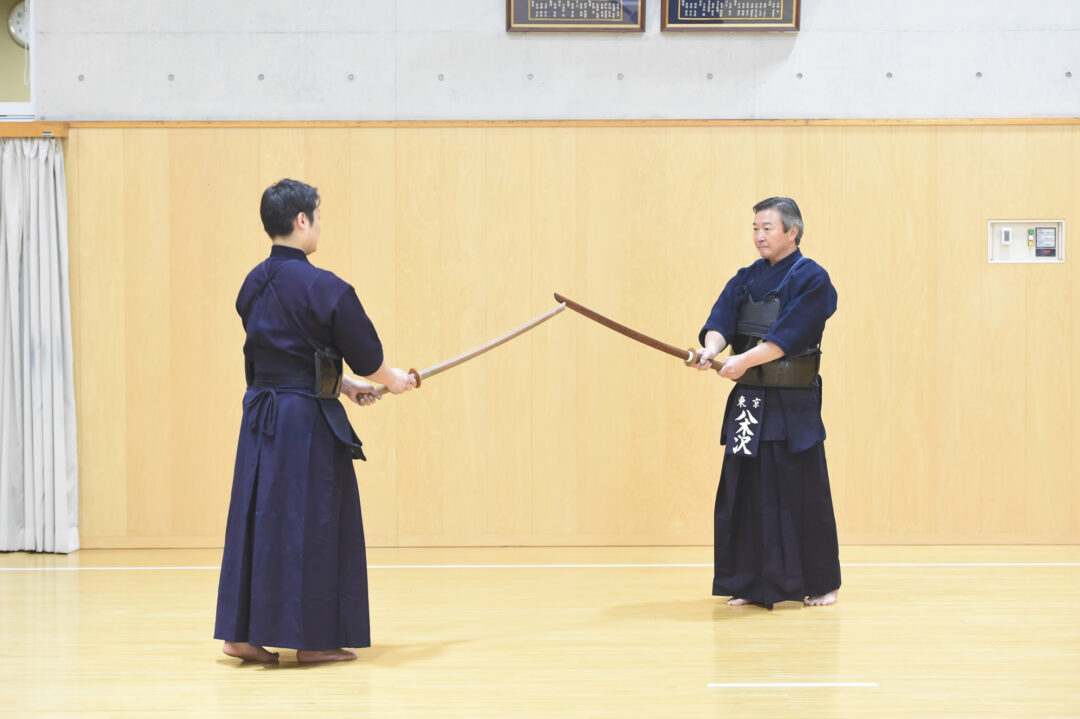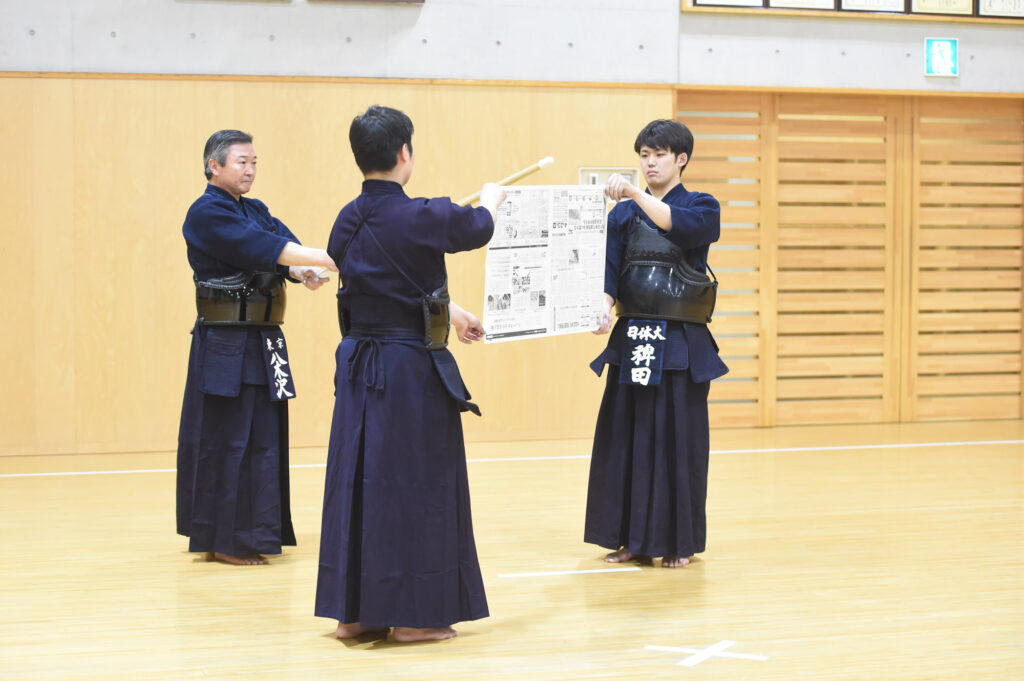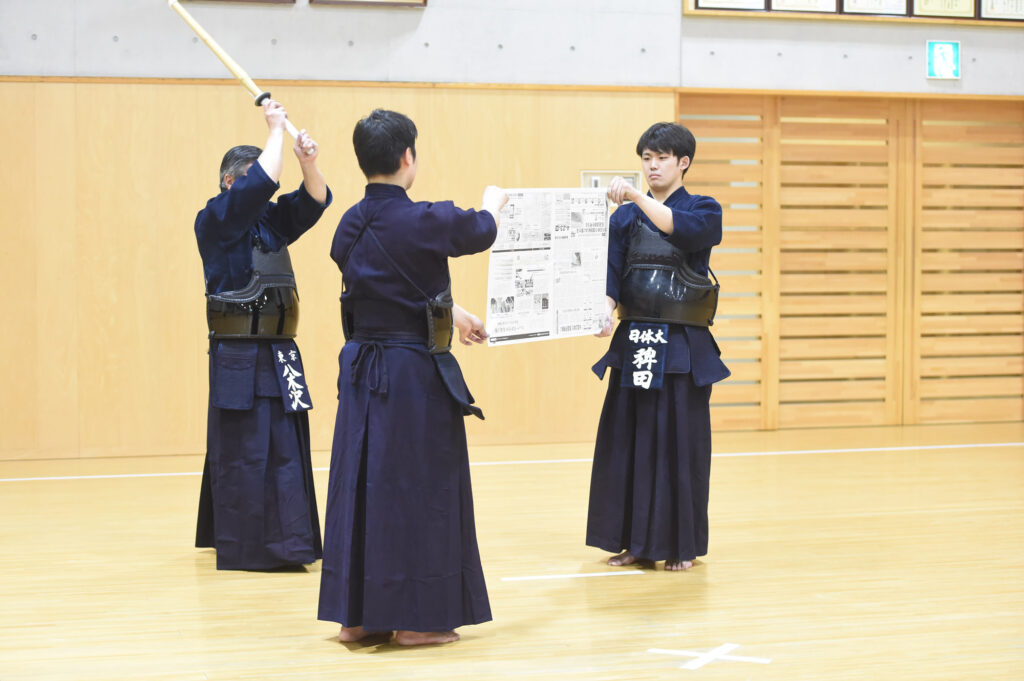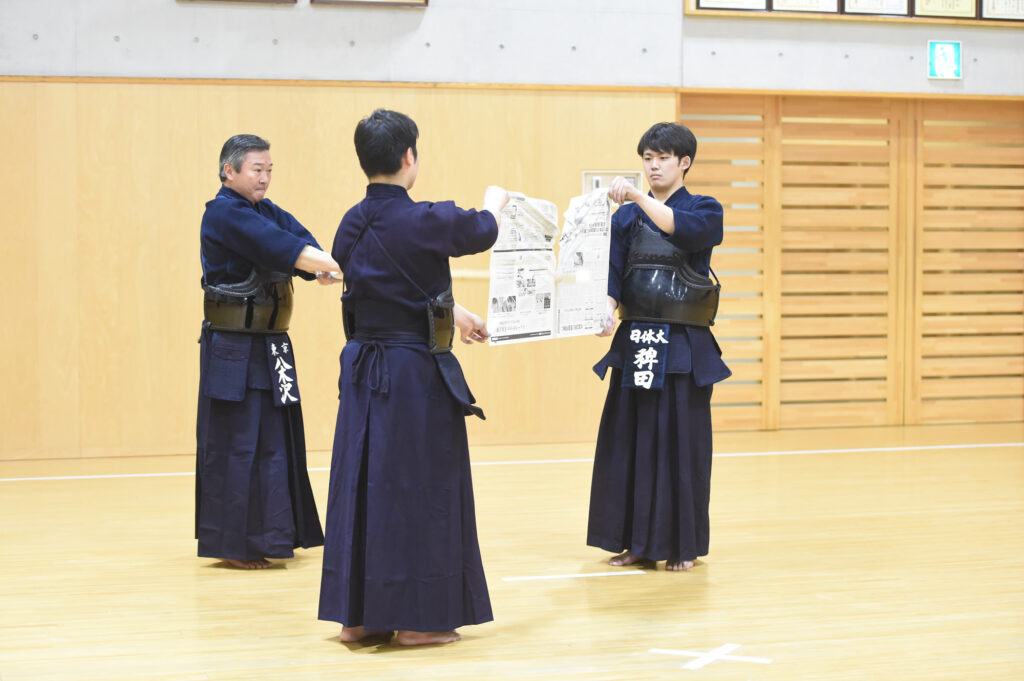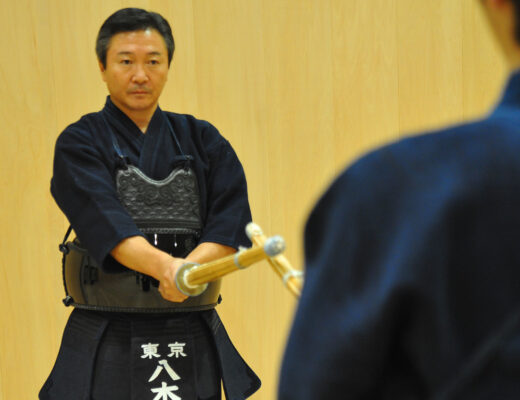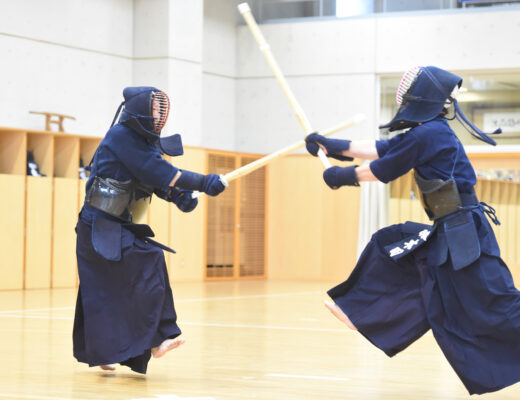2019.6 KENDOJIDAI
One of the conditions for valid strikes is the element of Hasuji (blade angle).
Striking with the correct blade angle is one of the most important and difficult requirements in Kendo training. At Nippon Sport Science University, students are made aware of the blade angles through the practice of basic Kendo techniques with Bokuto and the practice of the principles of the Katana.
“It is important to practice with an awareness of the correct trajectory of the Shinai,” says Yagisawa Makoto, a professor (8th Dan, Kyoshi) at the university.
Makoto Yagisawa
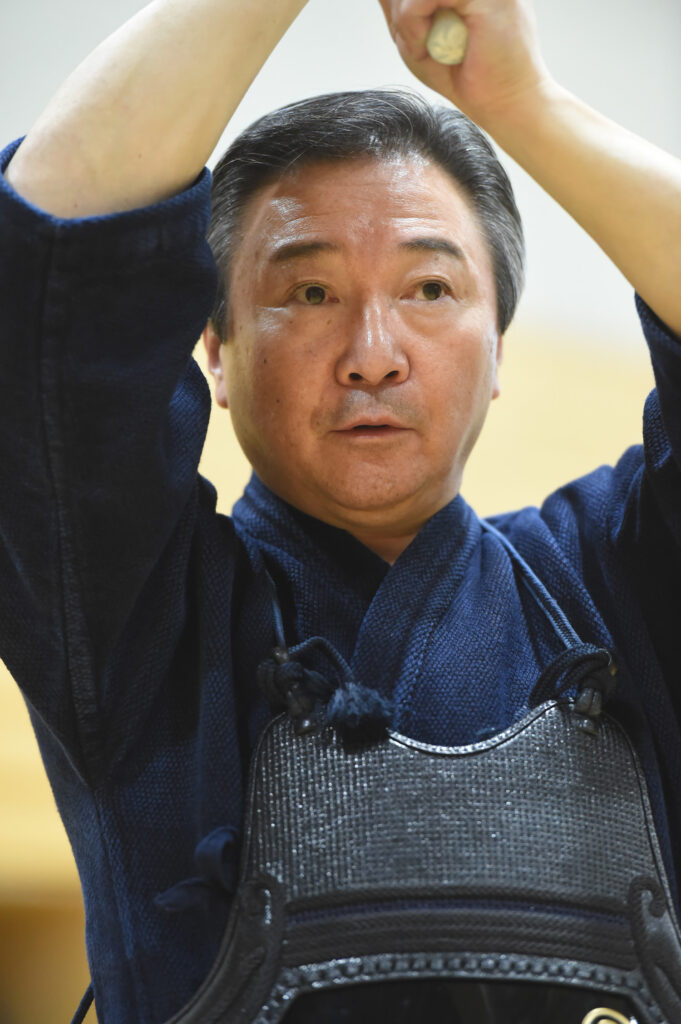
Professor, Nippon Sport Science University
Born in 1961 in Akita Prefecture, Japan. Graduated from the Department of Martial Arts, Nippon Sport Science University in 1984. Completed the Graduate School of Physical Education, Nippon Sport Science University in 1990.
Kendo Kyoshi 8th Dan, head instructor of the Nippon Sport Science University Kendo Club, Vice President of the Nippon Sport Science University.
Standing Director of the All Japan School Kendo Federation. Permanent Secretary of the Kanto Student Kendo Federation Alumni Association.
Coach of the Finnish team at the 2003 World Kendo Championships in Glasgow.
Keiko on Hasuji and Shinogi (sides of the back of the blade)
In the philosophy of Kendo, there is the phrase “training in the principles of the sword”. However, in our daily practice of Shinai Kendo, it is difficult for us to be aware of the elements such as Hasuji and Shinogi.
It is said that the unique shape of the Japanese sword such as its curve and Shinogi was perfected in the Heian period (794-1185). Japanese swords are known throughout the world as excellent weapons that are hard to break, hard to bend, and cut well.
One of the characteristics of Japanese swords is the Shinogi. When you look at the cross-section of the sword with the Mune (the back of the blade, i.e. the string part of the Shinai) facing up, you will see that the left and right sides of the sword protrude to form a long and tapering diamond shape. This protruding part is called “Shinogi”.
I believe that studying this part will lead to the “cultivation of the principles of the sword. In Shinai Kendo, we should always be aware of Hasuji and Shinogi when handling our Shinai, but the cross-sectional view of the Shinai is a square, and this is where complications arise. The most efficient way for modern day Kendo practitioners to be aware of Hasuji and Shinogi is to actually practice with a Katana…
For the past 2 years at our university, fourth-year students have been taking a class called “Practical Martial Arts” in which they use Kata to cut straw bundles. By actually holding a Katana and cutting the straw, the students are able to reflect upon what Hasuji and Shinogi are. It is difficult even for Kendo students to cut straw. It is just that difficult to be aware of Hasuji with a Shinai, and it is easy to understand that there is a considerable difference in the way of operating a Shinai and a Katana. I think it is important for future instructors to make use of these experiences and explain them to future generations.
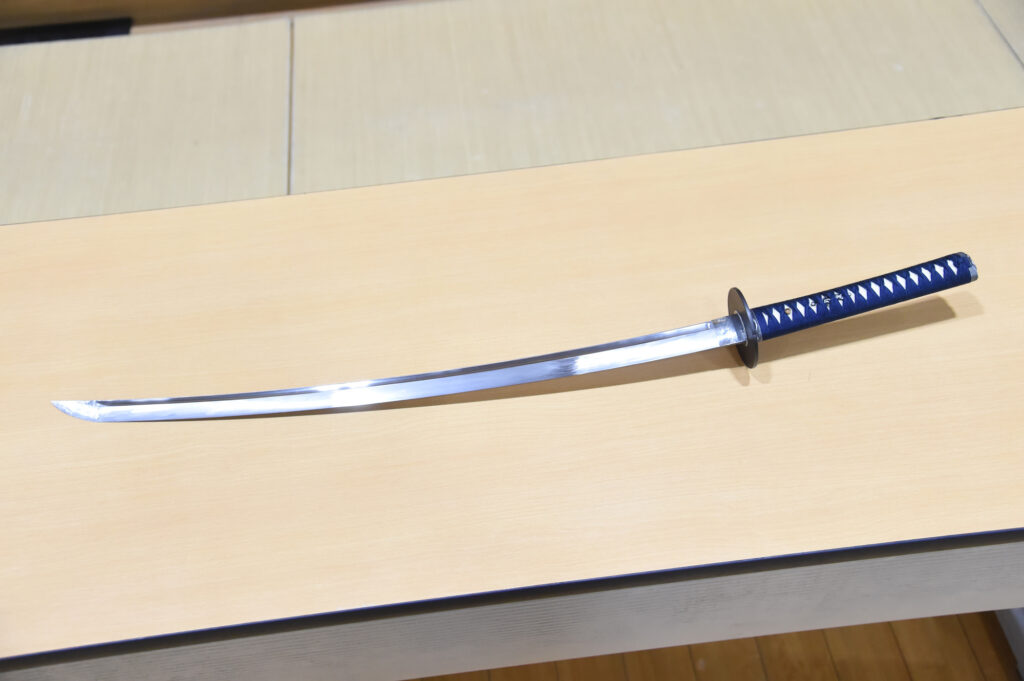
Students who are beginners start out by cutting newspapers with a Shinai. Some students, even those with Kendo experience, are unable to cut even newspaper because their left or right arm (especially the dominant arm) is too strong when holding their Shinai. In fact, it’s not easy even for Kendo experts. If you swing the Shinai straight down along the fold of the newspaper, you can cut it easily. I use the expression “correct shinai trajectory” when I teach about Hasuji. The easiest way to study the correct trajectory of the Shinai is to do Suburi, but it is hard to find your own shortcomings. You can do this by facing a mirror once in a while and check the Hasuji both when swinging down straight and diagonally. In class, we make training partners observe each other and suggest corrections.
Awareness of Shinogi can also be attained by using a practice Katana, Iaito, or Bokuto. There are many elements in the “Nihon Kendo Kata” and “Basic Kendo Techniques with a Bokuto” that can be used in Shinai Kendo. If you can do this comfortably, your Kendo will have more depth. In particular, “Suriage” is a technique that creates an opening for a strike by using the side of the Shinai to change the trajectory of the opponent’s Shinai. By being aware of the Shinogi in the Shinai, you can study striking- and body movements in accordance to principle. This is something that not only advanced students but also beginners need to be aware of.
Suburi with the correct trajectory
The rest of this article is only available for Kendo Jidai International subscribers!

